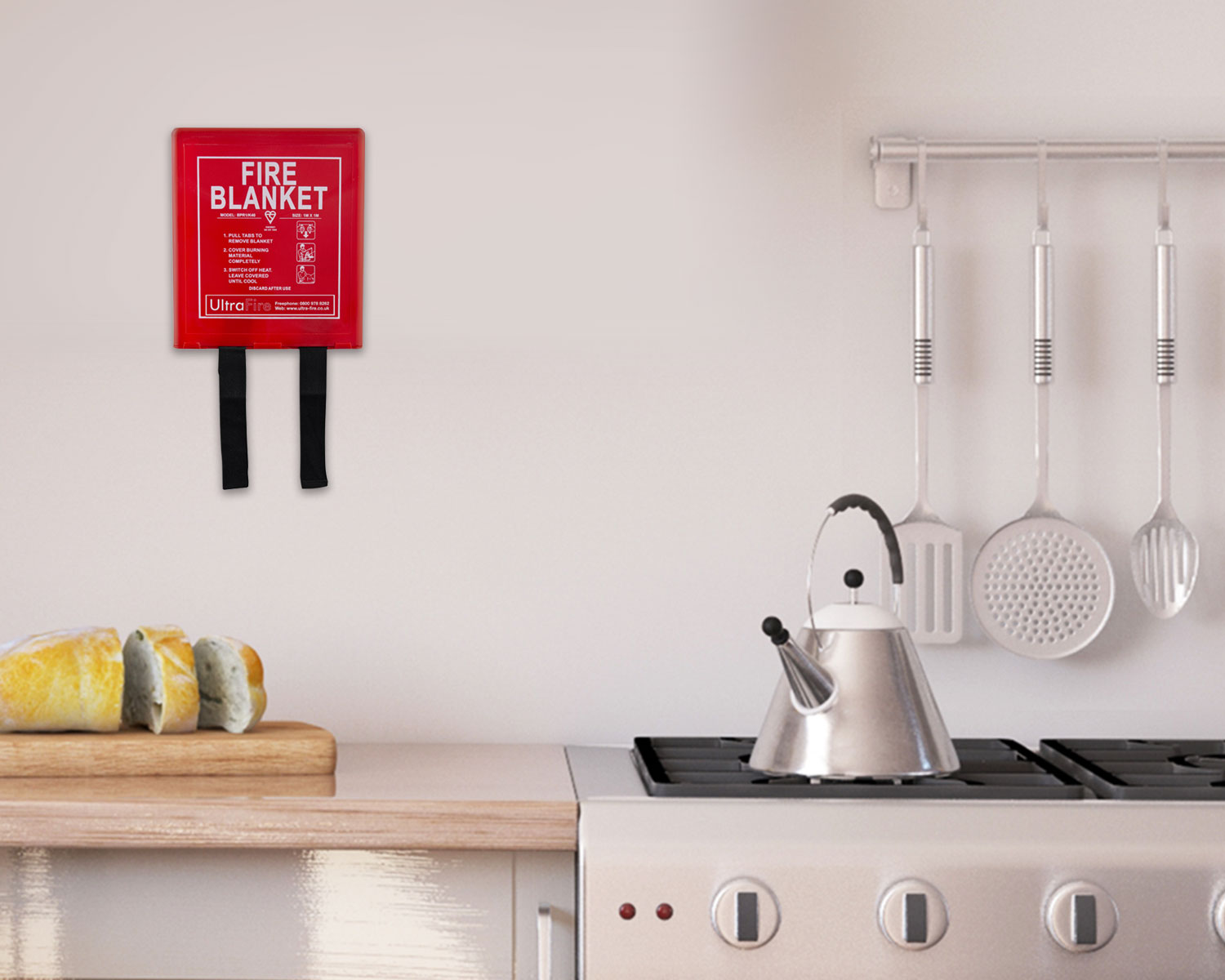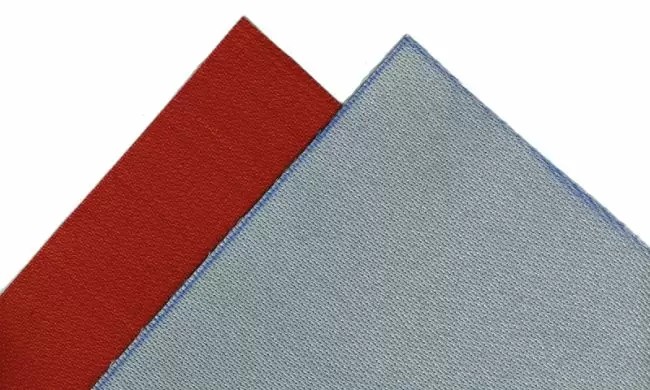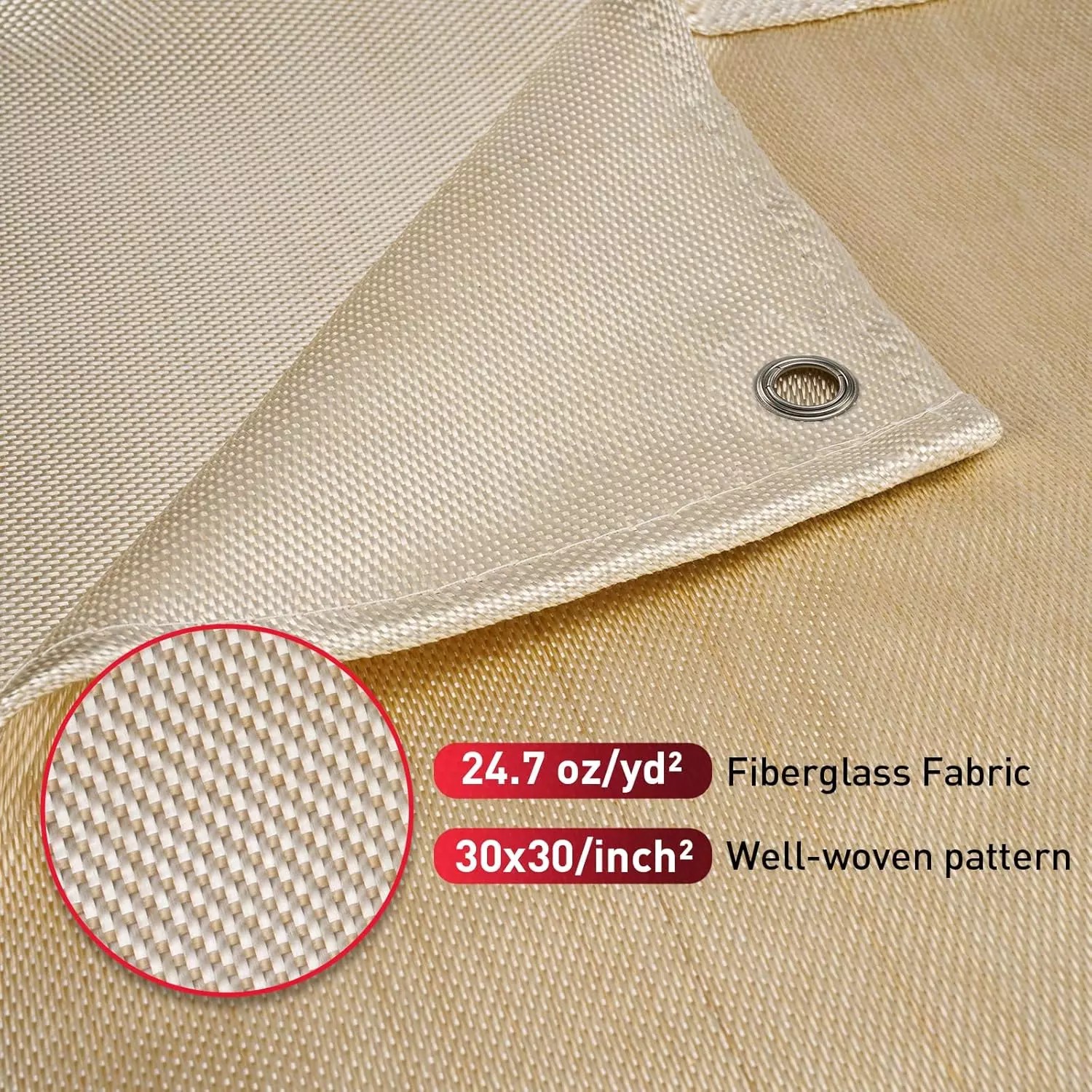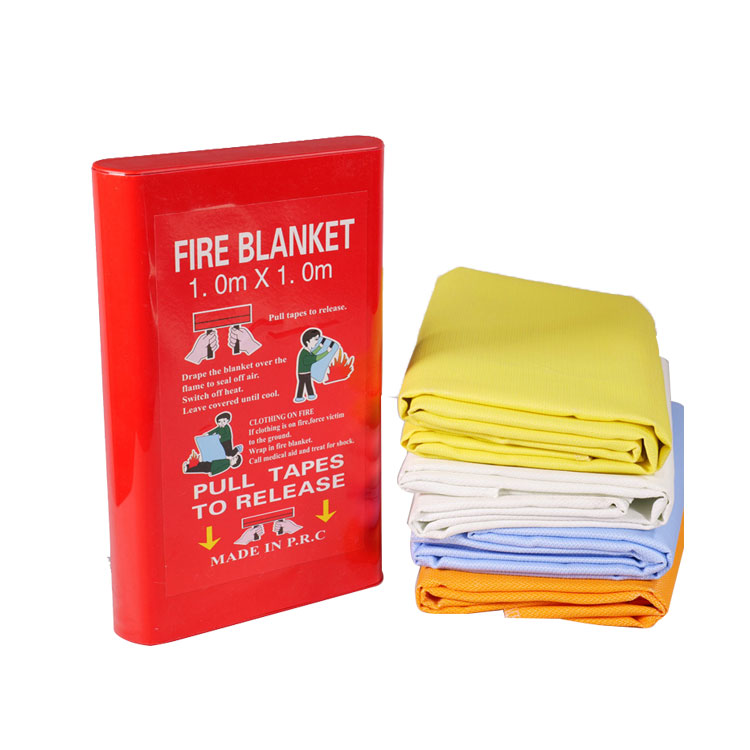Welding Insulation Blanket Guide: Safety, Types & Proper Usage Tips
Welding insulation blankets protect against heat, sparks, and molten metal. This guide explains their materials, applications, safety benefits, and proper selection criteria to enhance your welding safety measures.

What Is a Welding Insulation Blanket?
A welding insulation blanket is a heat-resistant barrier designed to protect surrounding areas from welding sparks, slag, and radiant heat. These flexible protective covers are essential for preventing fire hazards in industrial and construction environments. You'll find them in various sizes and materials to match different welding applications.
Key Benefits of Using Welding Blankets
1. Fire Prevention: They resist temperatures up to 3000°F (1650°C), creating a safe zone around welding operations.
2. Equipment Protection: Shield nearby machinery, electrical components, and sensitive surfaces from heat damage.
3. Versatility: Suitable for arc welding, MIG, TIG, plasma cutting, and other high-heat processes.
4. Reusability: Unlike disposable covers, quality welding blankets withstand repeated use.
Common Materials Used in Welding Blankets
Fiberglass: The most common choice, offering good heat resistance (typically 1000°F-1800°F) at an affordable price. Look for silicone-coated fiberglass for enhanced durability.
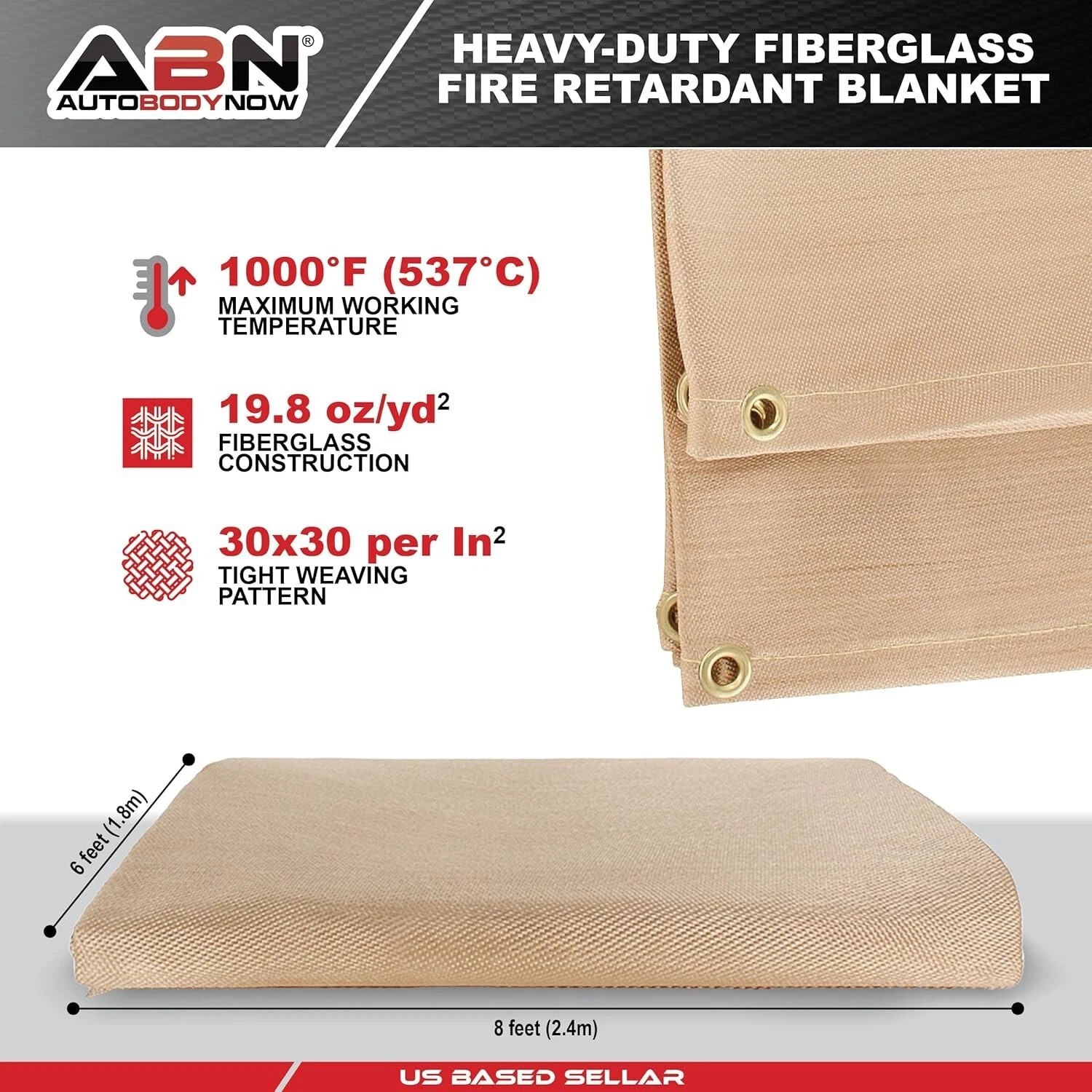
Silica: Handles extreme temperatures up to 3000°F, ideal for specialized high-heat applications.
Ceramic Fiber: Provides excellent insulation with low thermal conductivity, perfect for critical containment needs.
Vermiculite: Naturally fire-resistant mineral often combined with other materials for added protection.
How to Choose the Right Welding Insulation Blanket
Consider these factors when selecting your blanket:
1. Temperature Rating: Match the blanket's maximum temperature resistance to your welding process requirements.
2. Size Requirements: Measure your work area to ensure complete coverage with some overlap.
3. Material Compatibility: Some blankets work better with specific welding types (e.g., silica for plasma cutting).
4. Attachment Options: Look for grommets, hooks, or Velcro straps if you need to secure the blanket in place.
Proper Usage and Maintenance Tips
• Always inspect your welding insulation blanket for tears or thin spots before use
• Position the blanket with at least 6 inches of overlap on all sides of your work area
• Keep the blanket away from open flames when not in active use
• Clean with compressed air or a soft brush - avoid water unless specified by the manufacturer
• Store flat or rolled (never folded) to prevent material fatigue
Safety Precautions When Using Welding Blankets
While welding insulation blankets significantly improve safety, remember:
• They don't replace proper personal protective equipment (PPE)
• Never use damaged blankets - replace them immediately
• Maintain proper ventilation as blankets don't protect against fumes
• Allow proper cooling time before handling or moving the blanket
Industry Applications Beyond Welding
Welding insulation blankets serve multiple industrial purposes:
• Foundry work and metal casting protection
• Fire curtain alternatives in theaters and public spaces
• Thermal insulation for pipes and industrial equipment
• Hot work permits often require their use in construction projects
Conclusion
A quality welding insulation blanket is a smart investment for any welding operation. By understanding the different types, proper usage techniques, and maintenance requirements, you can significantly improve worksite safety and protect valuable equipment. Always prioritize certified products that meet relevant safety standards for your specific application.


